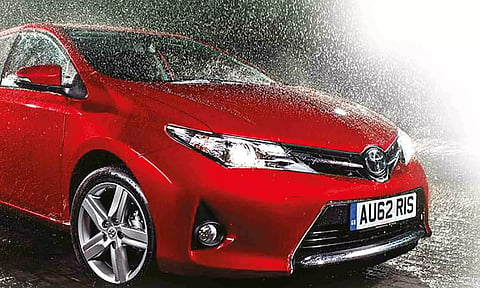

CHENNAI: With the North East monsoon set in the state, the electric vehicle (EV) should maintained for the rainy road ahead. Even though EVs are generally safe, specific precautions must be taken to ensure their safety and performance during heavy rains
Avoid driving through flooded areas:
Though EVs have battery packs with ingress protection (IP) IP67 ratings that can withstand waterlogged conditions without experiencing damage, it will not help for too long. Hence, it is advisable to avoid driving through flooded areas as water can damage sensitive electrical systems.
Keeping charging equipment safe:
The most important step in maintaining an electric vehicle in the monsoon is keeping the charging equipment safe. This is necessary if you have a charging station installed outdoors or use a portable charger because water in the equipment could cause a short circuit. Ensure that the charger is connected to your vehicle charging port or battery first, then connect it to the power supply to avoid any spark / short circuit. Consider using a weatherproof cover or storing it in a dry area.
Maintain battery health:
Water can cause more damage to EVs than regular internal combustion engine (ICE) vehicles. EVs have a lot of sensitive electronics and sensors, so it’s essential to check the battery’s health and avoid driving through flooded roads. Regularly inspect the battery for any signs of water damage or corrosion. If you suspect any issues, consult a professional technician.
Use a certified charger:
Always use an OEM-certified charger to avoid any damage to your EV’s battery. Certified chargers are designed to meet safety standards and provide optimal charging performance. Using uncertified chargers can potentially damage your EV’s battery and pose safety risks.
Check wipers and rain sensors:
Ensure that your wipers are in good condition and effectively clear the windshield. Replace worn-out wiper blades to maintain clear visibility during heavy rain. Additionally, check the functionality of rain sensors, if equipped, to ensure they provide accurate readings.